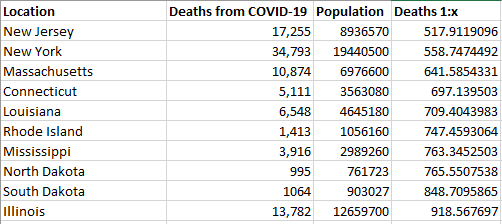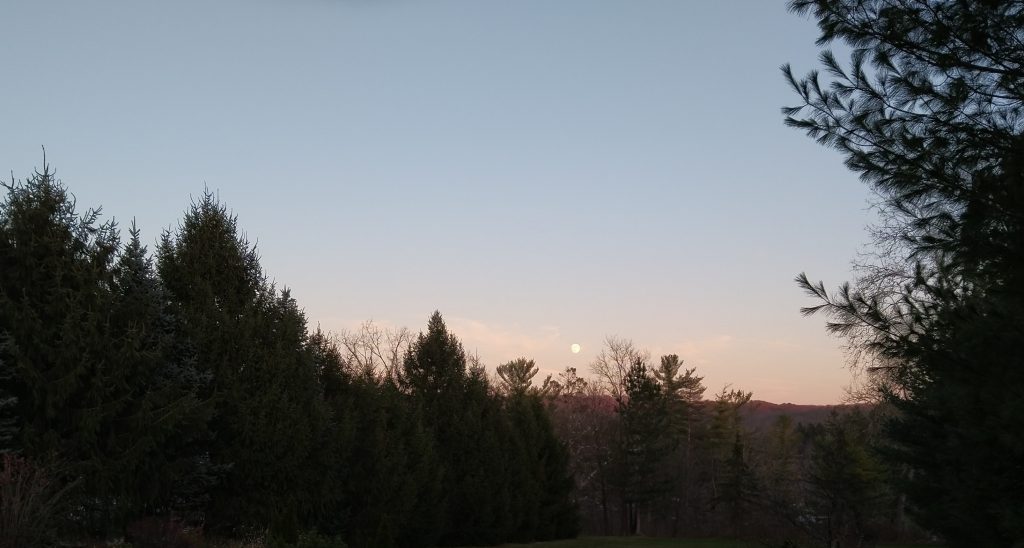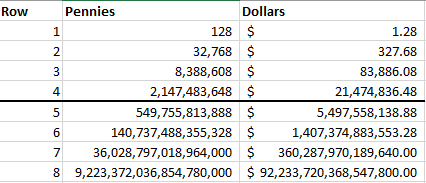It’s important to remember the difference between capitalization through offering shares and market value. Say I have a company that I’m going to take public. Forget all the real-world stuff that goes into an IPO — I put one million shares of my company out there with a target price of 10$ a share, and initial investors purchase all of the shares at my target price. I now have ten million bucks in exchange for the investor’s interest in my company. Now you want to buy a share of my company. I had a million shares and sold them all. You aren’t buying a share from *me*. You go to someone who owns shares in my company and offer to buy one. Well, they paid 10$ yesterday, so they’re not going to sell that share for ten bucks. You offer them 11$, though, and they say ‘sure’.
My company is doing well (“the fundamentals” are good), people anticipate I’m going to start offering dividends or I’m going to start using a new manufacturing technique and reduce cost by 10%. A lot of people want shares, so they start offering to pay 20$ for a share. And plenty of people who paid 10$ a share want to bank their profits, so there are shares available to buy. Even though my company shares are selling at 20$, which makes my market capitalization twenty million dollars, I only have ten million of that. The other ten million went as profit to investors who sold shares. Same when the stock price goes down — I’m not hitting sales targets, my planned IP filing doesn’t go through, etc and shares are down to 5$ … I still got that ten mil from my IPO; investors just own their share of my company with a value of 5 mil.
A company that isn’t doing well can still be worth millions on paper. This is where short selling comes in. Think about buggy manufacturers when automobiles became “a thing” — if they were publicly traded companies, you could have anticipated that the value of the stock would go down. You borrow a share of Lisa’s Buggy Company from someone — it’s worth 10$ today. You sell it and pocket the ten bucks. A month from now, you buy a share of Lisa’s Buggy Company for 3$ and give the repurchased share back. You’ve score 7$. Now, realistically you don’t just find someone who owns a share and borrow it from them. You ‘borrow’ the share from a brokerage. You pocked 9.50$ initially because you give the brokerage 0.50$ for letting you ‘borrow’ that share for a month (like interest when you borrow money).
If you borrow a 10$ share and are going to return it in a month, no one knows how much that’s going to cost you in a month. You’re hoping it’s less than 10$. But, in a case like GameStop, that 10$ share you borrowed is worth 320$. Brokerages hold what amounts to cash collateral to cover your short — because they don’t want to be out that 320$ share when you cannot afford to repurchase it. And, as the share value goes up, they may need more collateral to cover your short. At some point, you just don’t have any more cash to throw into collateral. You’re screwed (and have to repurchase those borrowed shares at whatever the price happens to be now). Or the broker doesn’t want to keep risking it — they call in their loaned share so they can sell it and keep the 320$.
Thing is? Having shares trading at a couple hundred bucks instead of a couple bucks doesn’t change the real trajectory of in-person retail sales of physical game media and equipment (i.e. the underlying logic that led investors to short GameStop in the first place). It doesn’t give GameStop half a billion dollars they can use to move into a new, more profitable, market space. AMC are an interesting, somewhat similar, case. AMC have, to a lesser extent, gone through the same thing as GameStop. Except they also happened to have planned to issue an additional fifty million (or so) shares of stock to raise money. Had the offering gone through when the stock was trading at 2$, they’d have only raised another 100 mill. Had they hit the 20$ a share price the stock peaked at, they’d have raised a billion. IIRC, they brought in a little over 300 million — enough to wipe out a bunch of debt and probably secure operations through the pandemic (if that means summer/autumn). And, I expect, there are a LOT of people who (once vaccinated) are really eager to go do *things* like overpay for popcorn while watching movie on a big screen. This FU investing to screw over massive shorts may have saved the company.






